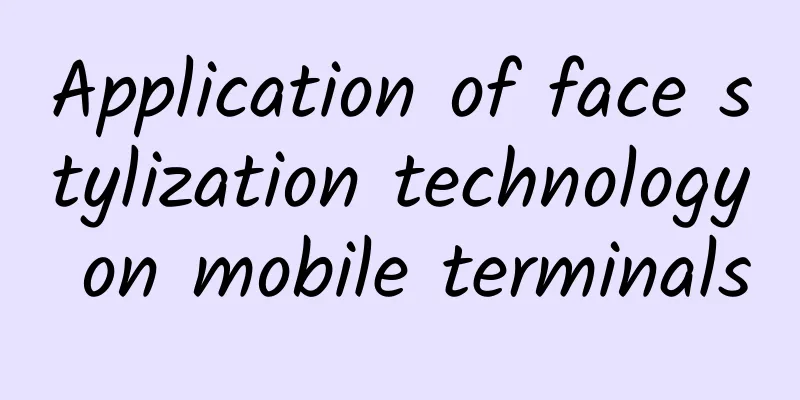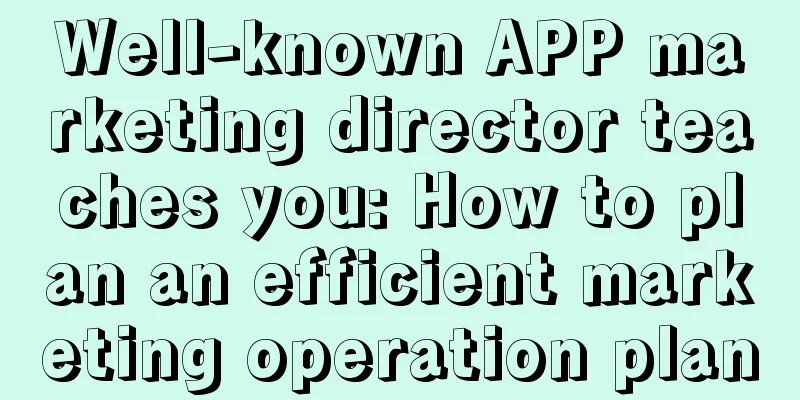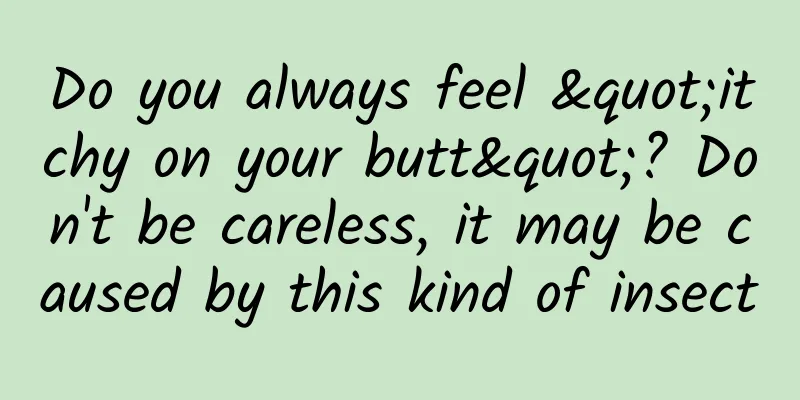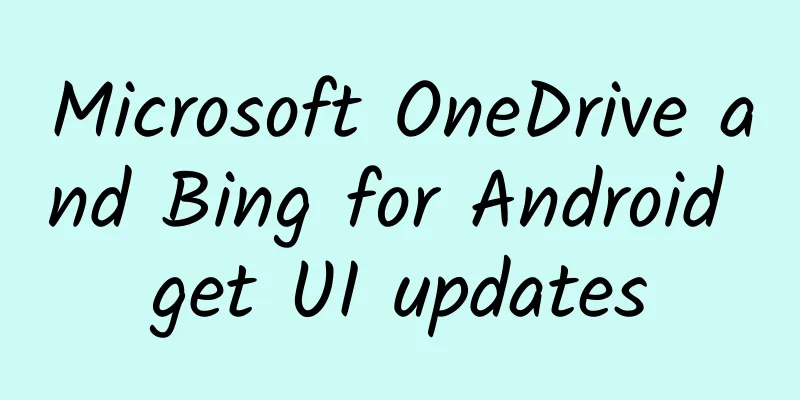Why hasn’t Material Design become popular in domestic apps?
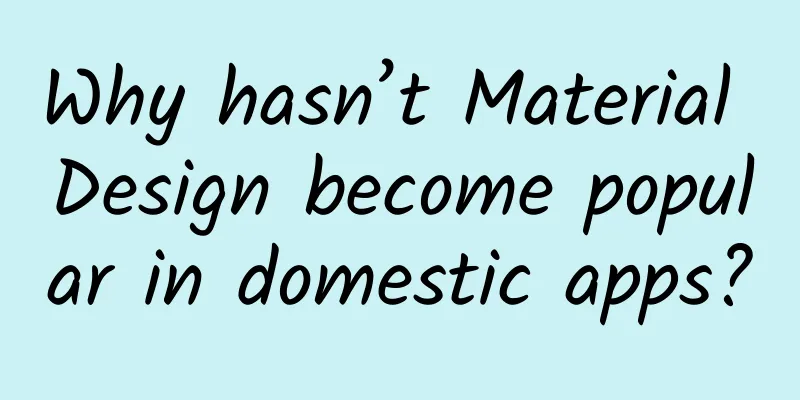
|
Two years ago, the first order Larry Page gave after becoming Google CEO was to redesign all of Google's products. So Jon Wiley, Google's chief search designer, spent two months revamping Google's products. Since then, Google has begun to pay attention to design, and the concept of Material Design has emerged. A product manager told Leifeng.com that Material Design is a very realistic design logic, which is extracted from the material of the card and the real light and shadow. It conforms to the physical feedback of the real world and extracts specific physical details in the UI design, retaining only physical effects, light and shadow, and layers. Specifically, Material Design is a metaphorical, paper-like design: flat, floating on a background, and with shadows that slide away instead of disappearing when you move them. Physically accurate shadows The above is just a starting point. When we understand the basic principles of Material Design and look back at domestic Android applications, we will find that there are very few domestic apps that fully comply with Material Design specifications. After two days of searching, we could only barely find apps that were similar to the Material Design style but not polished enough, such as KuaiTuBrowser, Zhihu, Weibo client Smooth, Cool Market, Green Guardian, Youdao Dictionary, etc. As early as last June, Google launched Material Design at the I/O conference, but a year and a half has passed. Why hasn't it become popular and widely used in domestic apps? With this question, Leifeng.com combined the answers of some product managers and relevant people on Zhihu and came to the following conclusions: 1. Android's control is not as strong as iOS. Although Google has already pushed Android 6.0, many third-party ROMs are still stuck at Android 4.4. The deeper reason is that the domestic Android ecosystem is little influenced by Google; 2. The interface interaction of the App has been greatly changed, and users need to spend a certain amount of time and energy to learn and adapt. As a pioneer in following the regulations, you will get support, but you may also lose users; if you ignore the regulations and are conservative and prudent, you will retain users, but you may also be ridiculed and criticized. Whether to choose to take the lead in complying with the regulations at the earliest time depends on who the company is and who its boss is; 3. Many companies have put all their efforts into how to seize the mobile entrance. Material Design, as a design style with very low information density, is deeply loved by teams that only need to consider the interests of their own departments, have autonomy over products, and do not have messy functions to display. If your product is changed to Material Design, it will harm the interests of 10 other teams, then it will become a political game, which is 10 times more complicated than the product; (@朱思涵) 4. It is not only a UI/UE design problem, but also the result of real product decision-making. It is also the result of bargaining and compromise among various interest groups in the company under limited resources. Let me talk about the reasons I encountered and saw when promoting other product redesigns: high development costs, many interface codes need to be rewritten; high design costs, many design details need to be changed; user aesthetics, what can be played on TV is the public aesthetics. We can feel the real users and what their aesthetics are like. (@包季真) There are many reasons for not using Material Design. Perhaps it is because it is not good enough and not attractive enough to developers and product managers. "The main reason is that the input-output ratio is too low. The R&D resources invested in the revision are huge, but there is no obvious benefit. Users will not use your app just because the design is good-looking." said a product manager. In fact, there is another example. Careful people may find that the interface of WeChat on iOS and Android is exactly the same. Why, as a national-level application, WeChat does not have its own style on Android, but instead uses the same user interface as iOS? Regarding this question, Zhang Xiaolong, the father of WeChat, gave a response from a product perspective: For the first few Android versions of WeChat, we developed a UI that complies with Android specifications. However, after several versions, we were not satisfied with it. Android UI specifications are indeed a bit confusing, and various apps are boldly using their own ideas. We thought it would be difficult to develop a UI that satisfies us specifically for Android with our existing UI staff, and also keep up with the rapid iteration of iOS versions, so we decided to directly port the WeChat UI for iOS. … Maybe one day in the future, when the Android system UI is convincing enough, we will design an Android version of the UI specifically for it. Now that Material Design has been launched for a year and a half, its style is becoming more and more unified. Whether it has convinced the WeChat team is obvious. In short, it is quite difficult to find domestic apps that fully comply with the Material Design specification on the Android platform (most of them are only close to Material Design). In China, "interactive experience" and "good looks" always take precedence over commercial interests. In fact, this is also related to the company's own DNA. As a product manager told Leifeng.com, the priority of a product should always be: business value > solving needs > interactive experience > good looks. Therefore, it is not surprising that there are so many apps in China that do not adopt Material Design. |
<<: Android Pay announced, launching in Australia in 2016
>>: A review of the nine major events in the Internet industry in 2015
Recommend
Bloomberg: China's smartphone market will see a major reshuffle, with half of the brands likely to disappear
Bloomberg News published an article today saying ...
The first time a northern kid saw a flying cockroach, he cried for more than half an hour!!!
Audit expert: Li Weiyang Well-known science write...
Xu Linfang's "Mass Production of Key Talents" Organizational Management Design Resource Introduction:
Xu Linfang's "Mass Production of Key Tal...
How to achieve accurate traffic diversion from 0 to 1?
“You will never make money beyond your perception...
Tencent suddenly lifted restrictions on WeChat: Google and Bing can search for public account articles, but Baidu cannot
In the era of mobile Internet, many apps have beg...
Why did ZTE use its patent stick to target Xiaomi?
Breaking news: According to authoritative media r...
The top ten evolutionary "weirdos" in nature, each one more outrageous than the other (Part 2)
Ailsa Harvey Walking fish The gills of the Mexica...
If you don’t want your bones to become more and more brittle, eat less of these two types of food!
This article was reviewed by Ao Rongguang, MD, Ma...
How to use Alipay’s money-making red envelopes?
A few days ago, I pushed some tips on how to get ...
A guide to e-commerce live streaming sales talk!
I used to say that the soul of an anchor does not...
South Korea and France team up to develop driverless car technology
South Korea's trade minister recently announc...
Olive seeds induced by space mutation “break through the soil and become seedlings”! Green hope from the universe?
Author: Huang Xianghong Duan Yuechu There are cou...
After losing 500,000 yuan in an event, I learned 4 "bloody" lessons
In recent days, a marketing director left a messa...
Easily complete the year-end summary, how powerful is Huawei PC Super Terminal?
In a few days, 2022 will say goodbye to us. The c...
Is it true that the mini refrigerator is a distant relative of the nuclear power plant?
Today's story starts with a small refrigerato...

